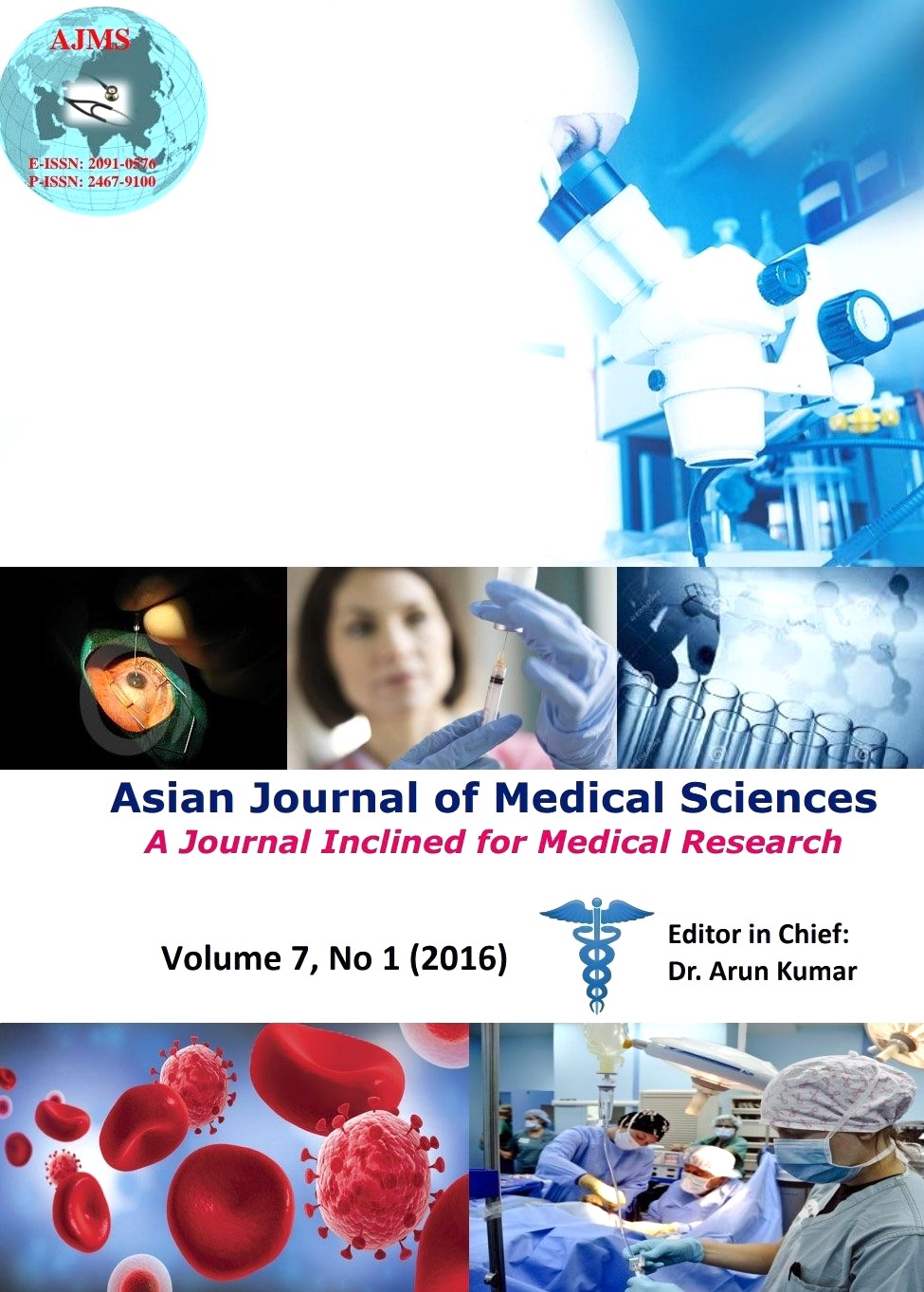Intra uterine insemination: Limitations in a tertiary care hospital
Keywords:
Infertility, Intra uterine Insemination, IVF-ET, PregnancyAbstract
Aims and Objectives: Infertile couples need expert guidance to be able to choose an appropriate therapy relevant to their sub-fertility where one in seven couples have infertility. The present study has been designed to study the clinical effectiveness of IUI in enhancing pregnancy rates in cases of unexplained infertility and to compare it with other modalities of expectant treatment. We enumerate our experience with IUI at Kasturba Hospital with a special effort to assess any limitations in performing this procedure in tertiary care centres like ours.
Materials and Methods: This was a prospective study with observational analysis of data on sub fertile couples who underwent COH and IUI as a part of the management protocol in our hospital- Kasturba Hospital, New Delhi. The period of study extended from 2007 to 2014. Infertility work up of all the registered couples was done on a standard investigation protocol. The male partner was also assessed by a detailed history and semen analysis.
Results: Average females were less than 30 years of age at 48.1% Majority of couples were having primary infertility (82.28%) whereas only 17.72% had secondary infertility. Pregnancy rates achieved with single IUI (22.55%) was more than that achieved in double IUI (11.11%). Pre rupture IUI resulted in higher pregnancy rates (23.08%) than post rupture ones (15.12%). Out of pregnancies that occurred from IUI cycles, term deliveries were 21.52% and there were 6.33% spontaneous miscarriages. Only 2.53% had twin pregnancies.
Conclusion: In a resource deprived country like India where low per capita income make IVF-ET an unaffordable option to most of the patients, IUI has found wide acceptance with much lower costs. However the biggest limitation in offering IUI is that most of the tertiary care centres in India are yet to eqiup itself with standard IUI Laboratories to thus make Intra Uterine insemination widely available at affordably low cost.
Asian Journal of Medical Sciences Vol.7(1) 2015 76-81
Downloads
Downloads
Published
How to Cite
Issue
Section
License
Authors who publish with this journal agree to the following terms:
- The journal holds copyright and publishes the work under a Creative Commons CC-BY-NC license that permits use, distribution and reprduction in any medium, provided the original work is properly cited and is not used for commercial purposes. The journal should be recognised as the original publisher of this work.
- Authors are able to enter into separate, additional contractual arrangements for the non-exclusive distribution of the journal's published version of the work (e.g., post it to an institutional repository or publish it in a book), with an acknowledgement of its initial publication in this journal.
- Authors are permitted and encouraged to post their work online (e.g., in institutional repositories or on their website) prior to and during the submission process, as it can lead to productive exchanges, as well as earlier and greater citation of published work (See The Effect of Open Access).




